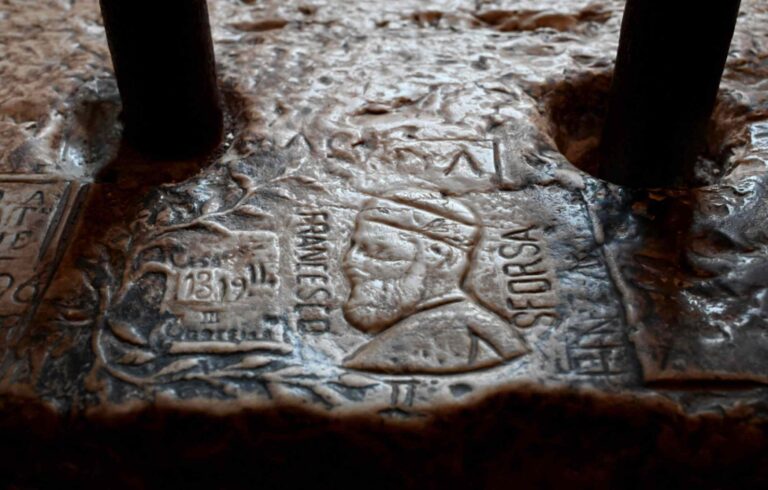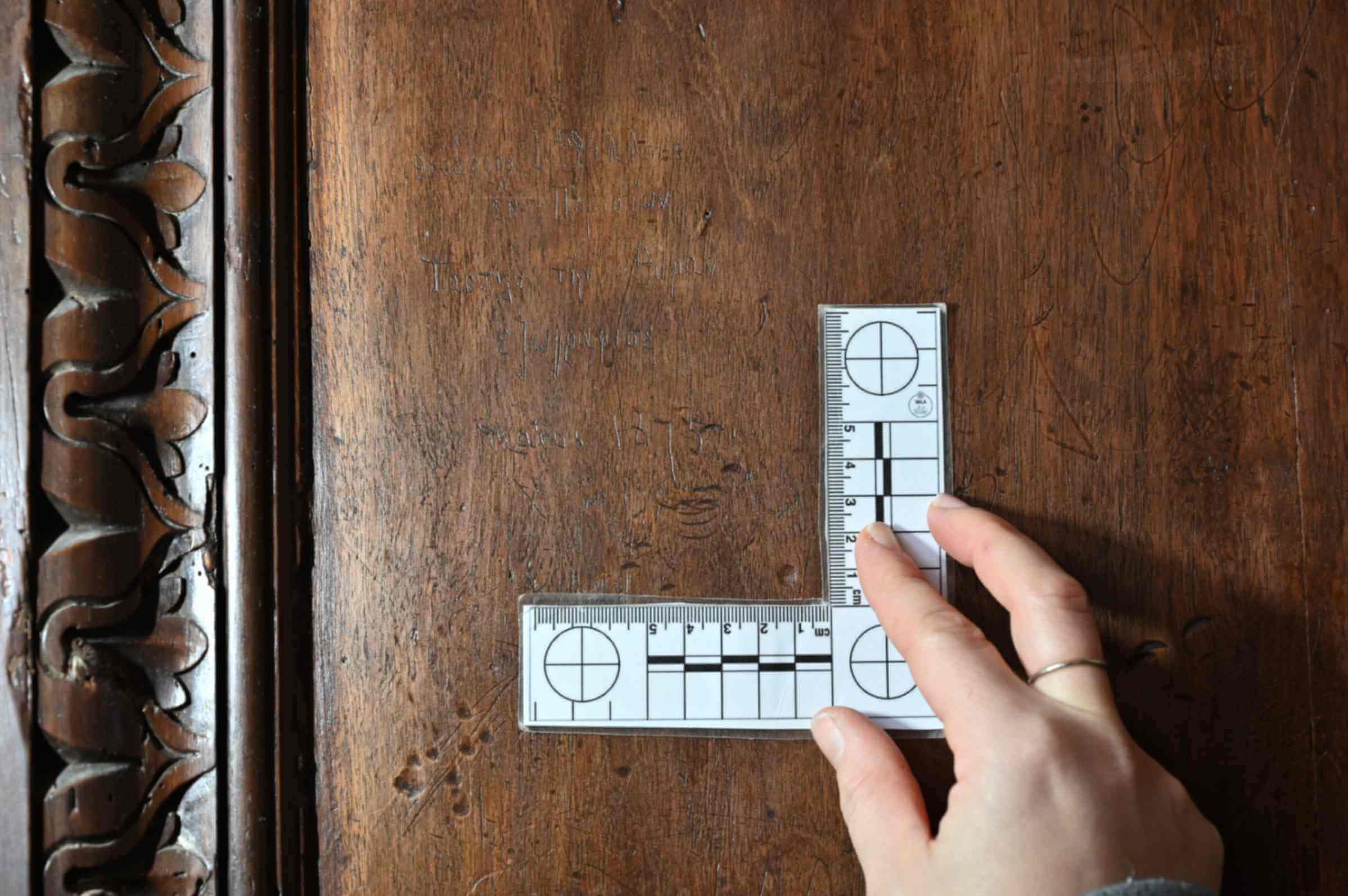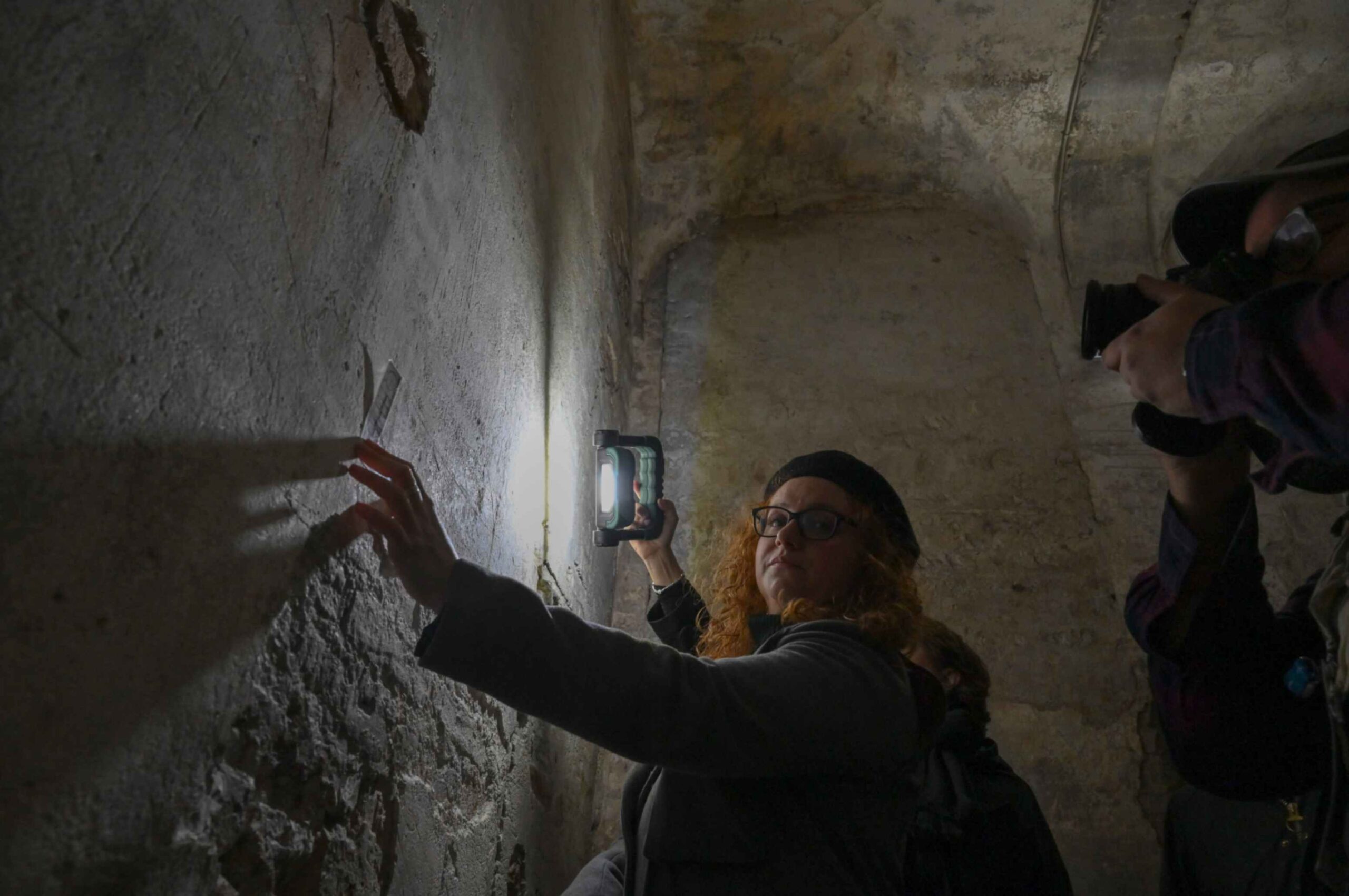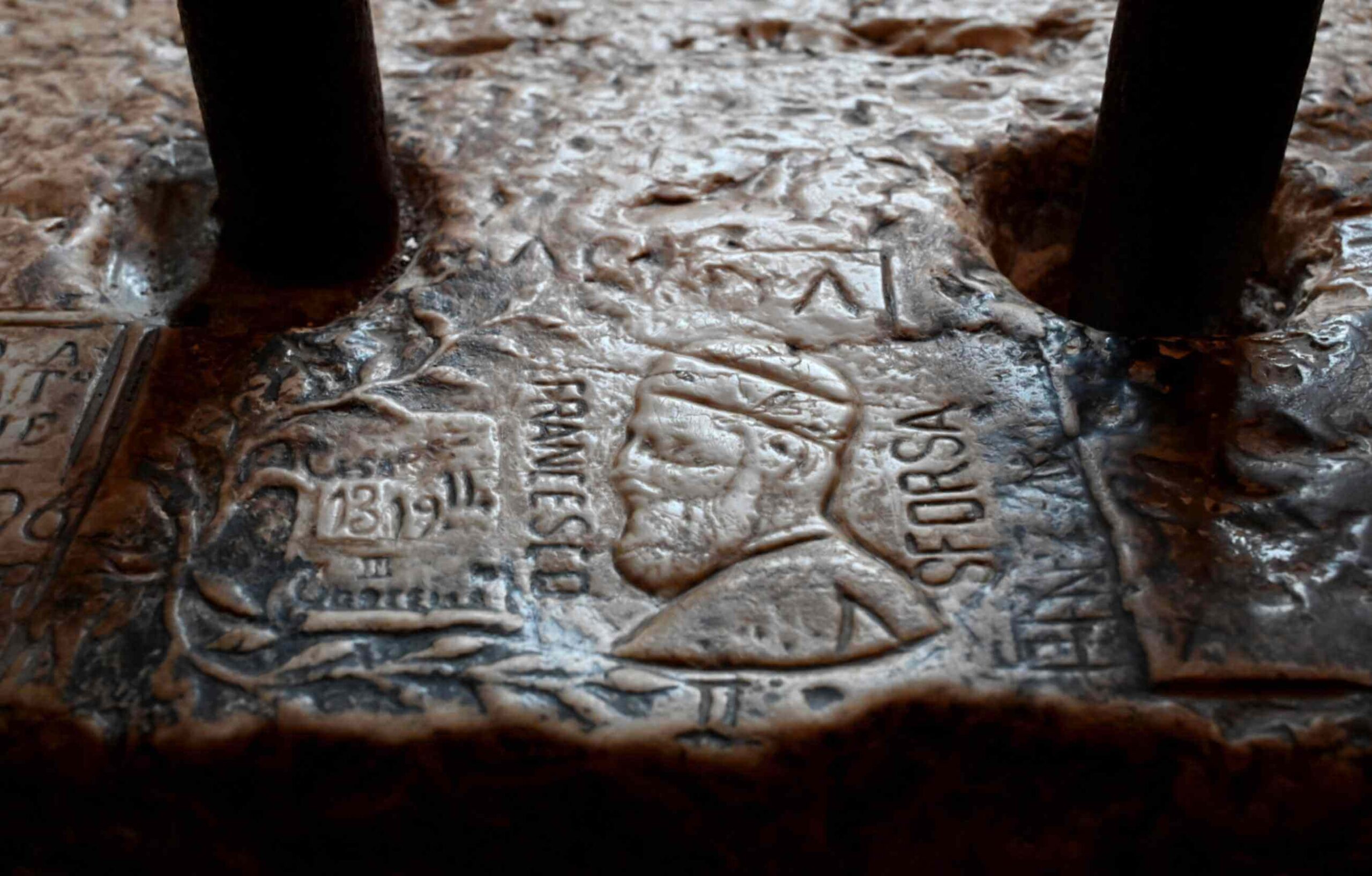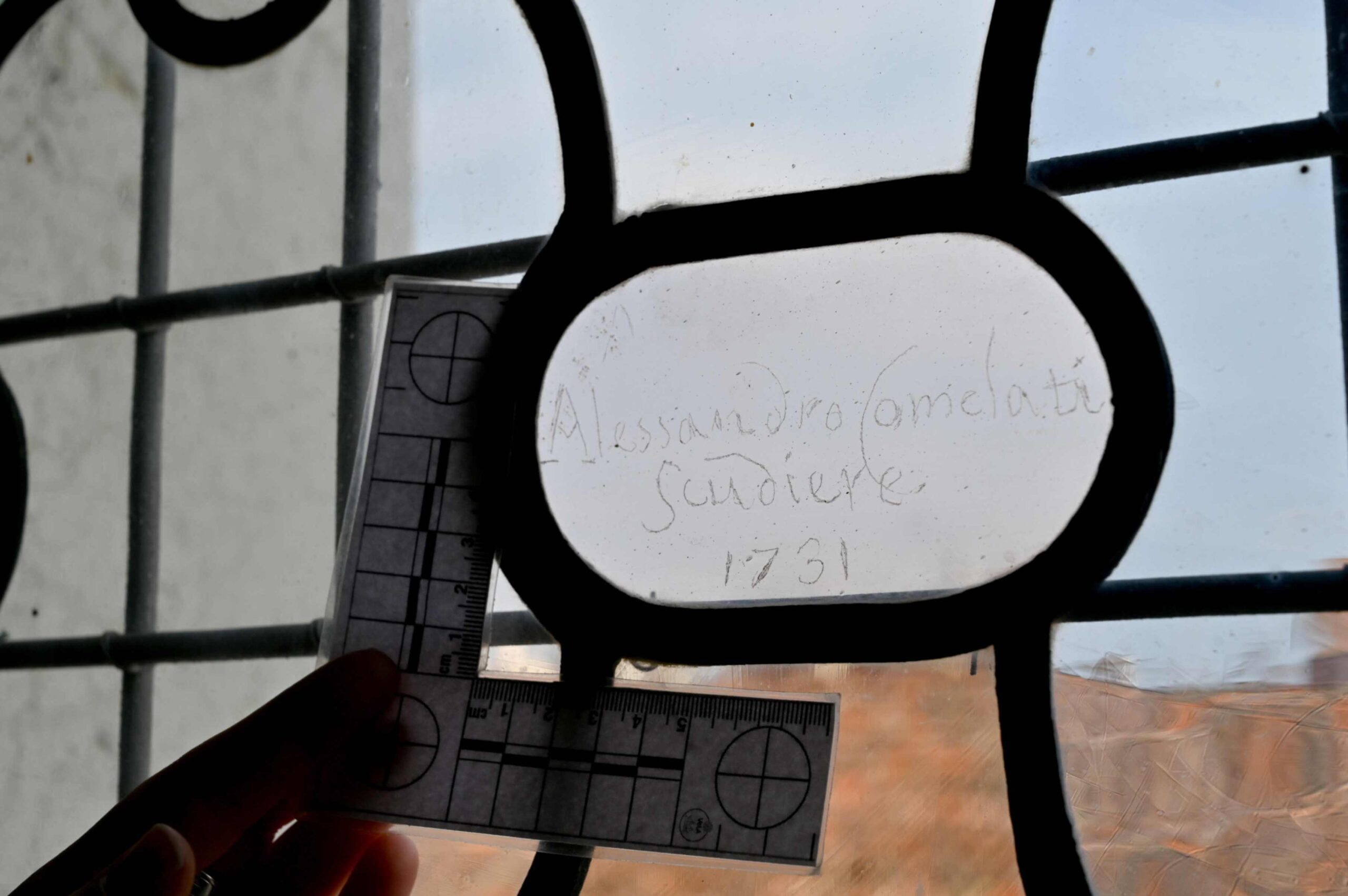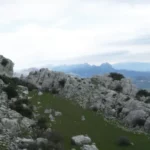Historical graffiti in the Doge’s Palace: thousands of drawings and inscriptions tell the story of Venice over the centuries
VENICE – Historical graffiti can be found all over Venice, incised or scratched on columns, entrances and walls. They can be symbols, dedications, quotations, warnings, insults, love messages, crosses, hearts, human figures, armour, ships, and more. These inscriptions tell the city’s story from many points of view: tens of thousands of testimonies gathered over the centuries. A research project of Ca’ Foscari University of Venice is surveying and studying these traces. Only 20 per cent of the Venice urban area has been mapped, and yet as many as 40,000 pieces of graffiti have been discovered.
The research team is ready to tackle the city’s most emblematic building: the Doge’s Palace. In collaboration with the Fondazione Musei Civici di Venezia and the Superintendence of Architectural Heritage and Landscape of Venice and its Lagoon, Flavia De Rubeis, professor of Latin Palaeography and project’s P.I., will go with her team to hunt down and document the wealth of graffiti inscriptions and drawings inside the Doge’s Palace.
Equipped with a camera, tablet and scanner, epigraphist Giulia Frambusto, palaeographer Debora Pasquariello and archaeologist Francesco Masiero will walk the palace palm by palm to discover the yet un-scouted graffiti. These will join the 20,000 pieces of graffiti already discovered, 9,000 of which have been studied.
“Many people have left their mark inside the Doge’s Palace,” says Flavia De Rubeis. “With our research, we will link those ‘signatures’ to the graffiti we discovered around the city and the lagoon. This will highlight stories of apparently marginal people and show us where they went, enriching our knowledge of the Venetian cultural landscape over the centuries”.
Chiara Squarcina, Scientific Director of the Musei Civici di Venezia, says: “The opportunity to study the graffiti of the Doge’s Palace is of great importance. This research materialises the silent testimony of many people associated with this illustrious and extraordinary building and its multiple functions. The well-established collaboration with Ca’ Foscari University enables us to explore new and unpublished pages of the history of the Doge’s Palace.”
New stories to tell
Graffiti engraved on stone was not the result of a momentary impulse or whim. The researchers who have been working with Venetian graffiti since 2019 with the project ‘VeLA – Venice Open Book’ have used experimental archaeology techniques and found out more about the way graffiti were inscribed. To draw a ship or draft a signature, one needed suitable, almost sculptor-like tools and intense and prolonged labour, sometimes hours or days. People operating with such commitment had to have a precise intent and motivation and sometimes much time on their hands.
In the Doge’s Palace, for instance, we find traces left by the same librarian several years apart. Similarly, some anonymous individuals manifested their connection to the Serenissima by incising or drawing seven Lions of Saint Mark with graphite or candle smoke. Discoveries can, at times, have an import on art history. The Greek painter Theodoros Rallis, for example, was active in France at the end of the 19th century, and we can confirm that he visited Venice in 1875 because he left his signature (and ‘painter from Paris’) in the Doge’s Palace.
National and international funding
One of the VeLA project’s aims is to raise awareness. “Historical graffiti is not protected as a specific part of our heritage,” says De Rubeis. “With our project, we would like to provide the city with the tools to protect and preserve this unique cultural legacy.”
To pursue its aims, the group received European funding from IRHT, the Paris-based International Centre for the Study of Texts of the CNRS: calls in its Biblissima+ section were open to foreign projects for the first time. ‘VeLA, Venezia Libro Aperto, Palazzo Ducale’ was also awarded a national PRIN grant in 2022 in collaboration with IUAV. Overall, the Doge’s Palace research has received €300,000 in funding.
Digital tools and accessibility
The project will employ digital survey tools to study from a palaeographical, historical and linguistic point of view all the traces that were incised, drawn or painted inside the Doge’s Palace. Data will be made available through a dedicated website, with the collaboration of the Institute of Computational Linguistics of the National Research Council, Biblissima+, the Venice Centre for Digital and Public Humanities of the Department of Humanities at Ca’ Foscari, Clarin-IT (MUR’s Common Language Resources and Technology Infrastructure) and IUAV.
By the project’s end, the graffiti will be accessible to visually impaired and blind visitors through an audio reading in five languages (Italian, English, Spanish, French and German) describing the graffiti and the protagonists of the stories they tell.
Focus on Monasteries
The Doge’s Palace project is part of a broader effort to survey all the graffiti throughout the city and around the Lagoon. Graffiti will be meticulously catalogued, sketched, and mapped. Matching the outcomes with historical cartography will help us understand why so much historical graffiti appears in certain parts of the city. Reasons for this are not entirely clear and could be revealed by delving into the history of urban development, highlighting the changing functions of various city areas since the time graffiti was made.
The research will receive further impetus with funds from the National Recovery and Resilience Plan, namely project CHANGES, Spoke 1: Historical Landscapes, Traditions, and Cultural Identities. This project focuses on cultural landscapes and will devote part of its many activities to Venice and its graffiti, concentrating on monasteries in the city and the lagoon.
Press release from Ca’ Foscari University of Venice

